Nah Doongh’s Song
Listen to this essay read by the author.
Aboriginal and Torres Strait Islander readers are advised that the following essay contains images of people who have died.
Nah Doongh was among the first generation of Aboriginal children who grew up in a conquered land. She was born around 1800 in the Country near present-day Kingswood, just south-east of Moorroo Morack, Penrith, and she lived until the late 1890s. Her life spanned the first century of colonisation, from the invasion of her Country to the years approaching Federation. She was a contemporary of the famous Hawkesbury River matriarch and landowner Maria Lock and of the astonishing Lake Macquarie religious seer and teacher Biraban.
They, and countless other young Aboriginal men and women, endured the most difficult challenges faced by people anywhere – their lands invaded and taken by aliens, their families ravaged by devil-devil (smallpox) and terrorised by massacres and the theft of their infants. They navigated the settler world of the nineteenth century as well as their own: a new, dynamic, dangerous, hybrid world. The great biographical question of this generation is: how did these young Aboriginal people negotiate and survive these challenges? How, in archaeologist Denis Byrne’s words, did they manage to live in Country that no longer belonged to them?
Nah Doongh’s band may have been the group the settlers called the Mulgoa Tribe, people of the mulgo, the black swans of Dyarubbin, the Hawkesbury–Nepean River. She could remember the time before the white people came, when tall, dense forests still covered the river flats and the lagoons were alive with ducks, geese, and swans. As a child, she must have heard the ringing report of the white hunters’ guns echoing across the valley; in old age she talked about the way the invaders shot and drove away all the game.
By the 1880s, the old woman Nah Doongh lived in a ‘very shaky habitation’ on the Castlereagh Common, north of Penrith, with her husband, Johnny Budbury. The Commons of western Sydney were areas that settlers never took for farms and estates; instead, they were reserved for grazing cattle, for cutting timber, and as a flood refuge. Aboriginal people often lived on them.
Johnny Budbury died one day when the winds were howling. Nah Doongh then kept company with King Charlie, who was probably from Mulgoa. But in July 1885 he died, too. Nah Doongh was alone.
Penrith was still a big, slow, sprawling country town at that time. Set in the Nepean farming districts and on the road and railway heading west over the Blue Mountains, it served the local community of small farmers, orchardists, an army of railway workers, and a few of the old local gentry whose estates hadn’t yet been subdivided for small farms and ‘orchard blocks’. There were also Aboriginal groups living around Yarramundi, at the Black Town (now Plumpton), up in The Gully in Katoomba, in the Burragorang Valley to the south, and at the Sackville Aboriginal Reserve on the Hawkesbury. But Nah Doongh avoided these groups. She mixed with the white people and was well known in the local community. They called her ‘Black Nellie’, ‘Queen Nellie’, or ‘poor old Nellie’.
After King Charlie died, Nah Doongh was also called ‘the last of her tribe’. As in so many cases, this cliché was untrue; it had far more to do with the settler belief that Aboriginal people would eventually vanish from the earth than with reality. Because of this belief, settlers were constantly making records about Aboriginal people, their language and culture, and collecting their stone tools and other artefacts. It was a kind of memorial archiving, carried out while Aboriginal people were still alive. Old Aboriginal people were especially sought out for interviews and photographs. Nah Doongh was photographed at least twice. One is a close-up portrait of her in old age: she gazes off to one side, her ill-fitting bodice fixed with a pin. In another full-length portrait she stands beside a house, wearing a long dress with buttons down the bodice and a white apron. She looks a little bemused. Her left hand is misshapen, her arm hangs limp at her side. In her right hand she grasps a sturdy walking stick.
Continue reading for only $10 per month. Subscribe and gain full access to Australian Book Review. Already a subscriber? Sign in. If you need assistance, feel free to contact us.


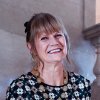
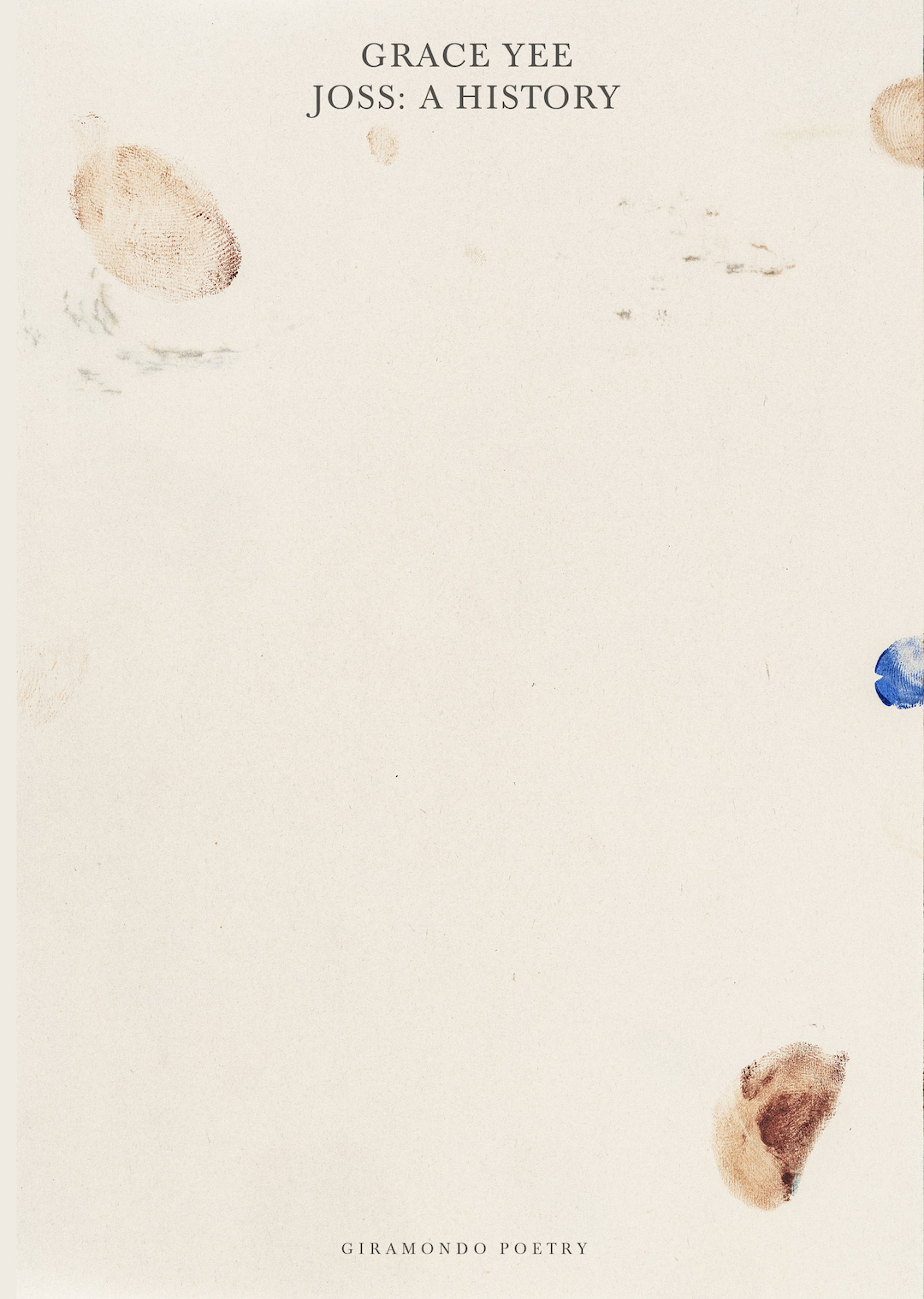

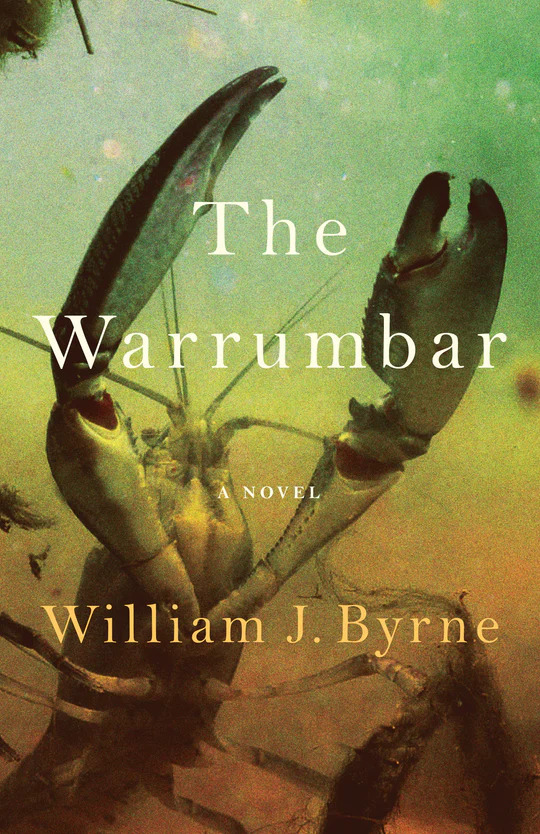

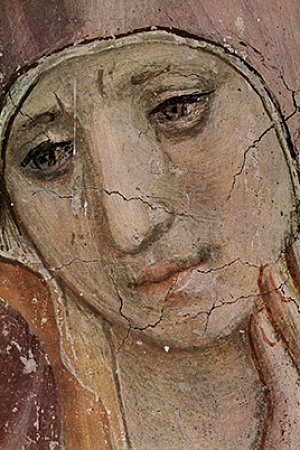

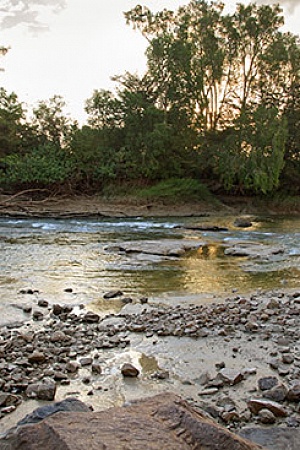
Leave a comment
If you are an ABR subscriber, you will need to sign in to post a comment.
If you have forgotten your sign in details, or if you receive an error message when trying to submit your comment, please email your comment (and the name of the article to which it relates) to ABR Comments. We will review your comment and, subject to approval, we will post it under your name.
Please note that all comments must be approved by ABR and comply with our Terms & Conditions.